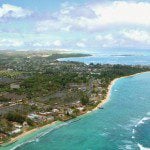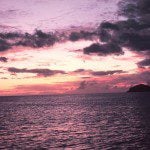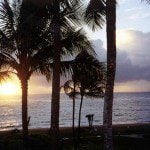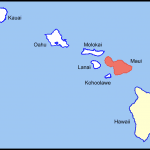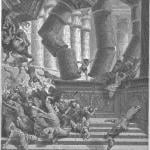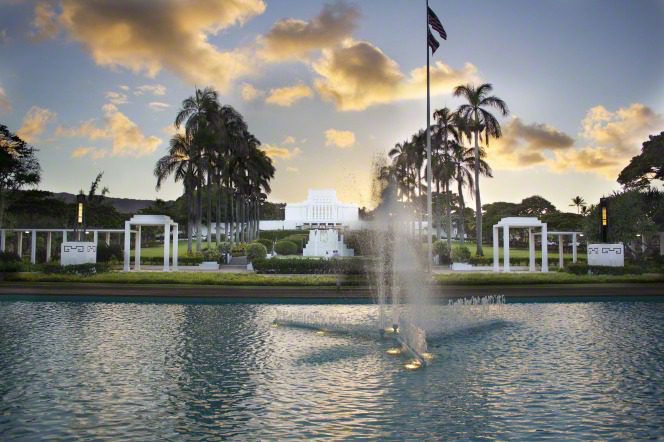
With four friends, my wife and I had an excellent breakfast this morning at the little Hukilau Cafe in Laie. And then we attended a session in the Laie Hawaii Temple — something that we always love to do when we’re here.
The “Hawaiian Temple,” as it was long known, was dedicated by President Heber J. Grant in 1919, so it’s nearing its centennial, which, I have no doubt, will be (and should be) a really big deal. It was the first temple constructed outside of the contiguous United States and, indeed, the first temple built outside of Utah. The first one, too, that had been dedicated after the Salt Lake Temple. President Joseph F. Smith, visiting in 1915, felt inspired to choose a site and announce a temple, not having previously spoken of such an idea with his counselors or the Twelve. Unfortunately, he didn’t live to see it completed. He died on 19 November 1918, and President Grant, as his successor, dedicated the temple in November 1919.
It was satisfying, though, to see a photograph of Joseph F. Smith, along with a photograph of his longtime fellow member of the First Presidency George Q. Cannon, hanging in the foyer of the temple, just past the recommend desk. Both of them served as missionaries in the “Sandwich Islands,” as Hawaii was often still called then, and the experience had a huge impact on each of them. In those days, of course, Hawaii wasn’t yet the wonderful resort destination that it has become. It was a relatively primitive, poor, and very isolated place where English wouldn’t get you far. Both had to learn Hawaiian. In fact, in later years, when both were serving as counselors in the Presidency of the Church, they would sometimes correspond in Hawaiian regarding sensitive subjects. It was George Q. Cannon, working with Jonathan Napela, who first translated the Book of Mormon into Hawaiian — something that would seem a bit frivolous today but that was absolutely necessary in the mid-nineteenth century.
For various reasons, I spent a fair amount of time a couple of decades back studying the life of George Q. Cannon, who was a deeply impressive man. Hawaii was crucial for him, and he had some truly remarkable spiritual experiences here — particularly on Maui. Two years ago, I wrote a brief column about this aspect of his life:
“Remembering the history of the LDS Church on the Hawaiian Islands”
He’s been on my mind all day.
Posted from Honolulu, Hawaii



